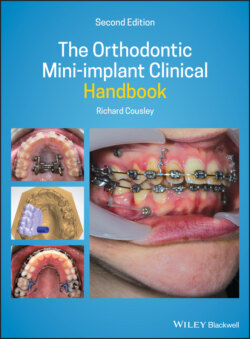Читать книгу The Orthodontic Mini-implant Clinical Handbook - Richard Cousley - Страница 31
1.18 Factors Affecting Mini‐implant Success
ОглавлениеA large number of mini‐implant research papers have been published in the orthodontic (and to a lesser extent the surgical and dental implant) literature at an ever‐increasing rate since the start of this millennium. This collective evidence provides a sound basis for mini‐implant usage, although it may be difficult for orthodontists and dental colleagues to keep track of all this new information. Consequently, Chapters 2–4 aim to collate and summarise the essential findings of the most relevant scientific and clinical research papers, in order that orthodontists may both understand and maximise their clinical usage of mini‐implants. In general, the factors determining success may be divided into three categories and these will be discussed sequentially in the next three chapters.
1 Patient (anatomical) factors (Chapter 2)Macro – somatic and general patient factorsMini – insertion site anatomyMicro – bone characteristics
2 Mini‐implant design factors (Chapter 3)Materials and surface characteristicsDimensions
3 Clinical factors (Chapter 4)Insertion techniqueForce application
On balance, the risk–benefit relationship for mini‐implants appears to be highly favourable for patients with high or atypical anchorage requirements. This means that the consent process (discussed in Chapter 4) should focus on tangible limitations, such as mini‐implant instability and pain, rather than on more theoretical risks of tissue damage.
